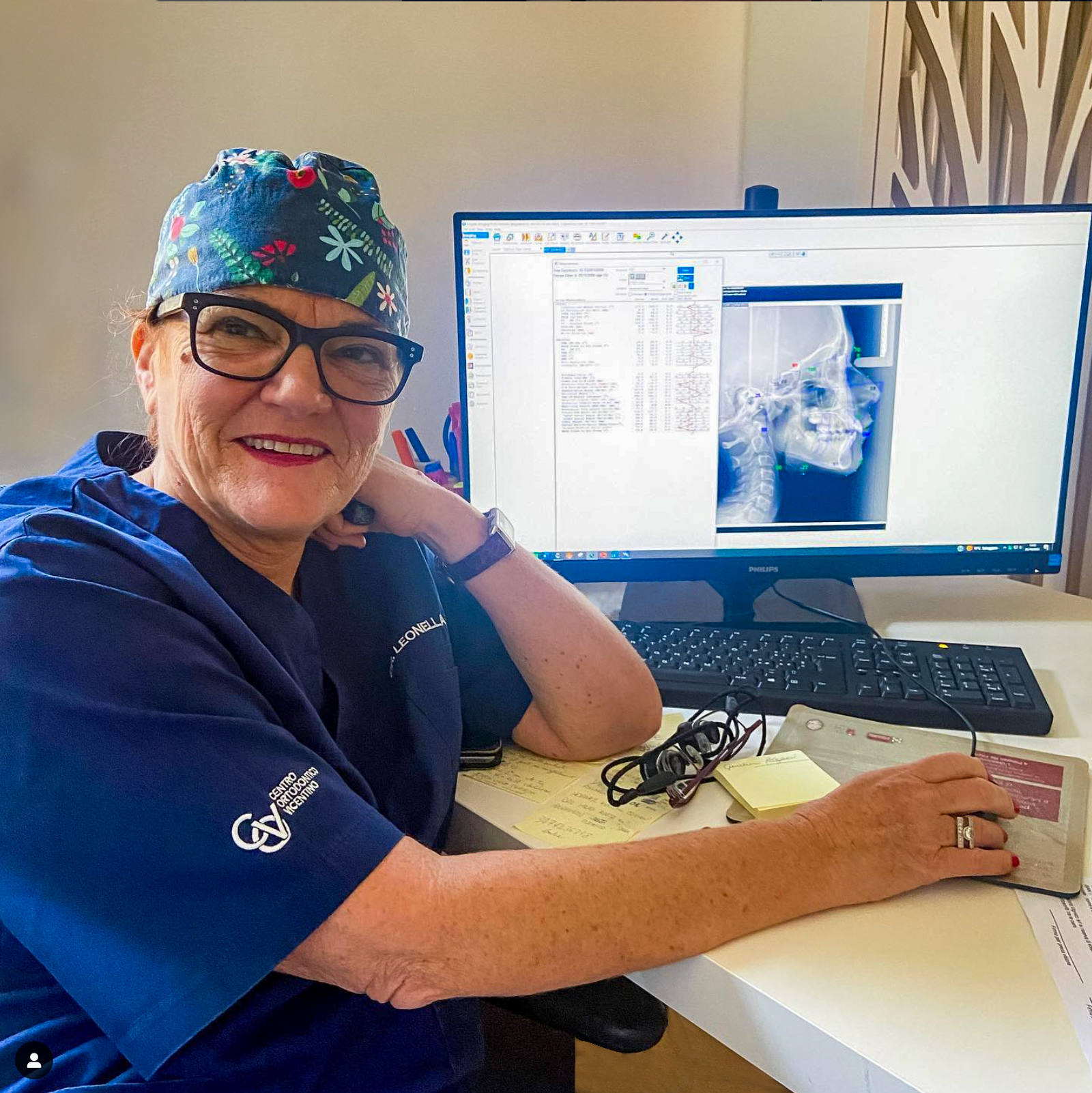
![]()
The first specialized visit should be between the ages of 3 and 6, when there are still deciduous dental elements. Disorders such as a disharmonic growth of bone bases or an altered function of the stomatognathic system (chewing, breathing, swallowing) can be efficiently corrected and treated if it is intercepted precociously. The presence of malocclusion during baby dentition can mean a dental-skeletal disharmony.
It depends on the problem to treat. In some cases, it is advisable to intervene early (interceptive treatments), in others we can intervene on permanent dentition and still correct disorders in a reasonable period of time (around 2 years).
Since growth and the eruption of permanent teeth are totally individual, there is no exact age to start wearing the appliance.
At first it is normal to feel unconfortable and soreness but these sensations will quickly diminish in few days.
It is defined as first-phase Orthodontics and is carried out in the period of mixed dentition (simultaneous presence of both baby teeth and permanent ones), usually between the age of 5 and 9. Its goal is to correct muscular forces, particularly of the tongue, which can have a negative influence on the harmonious development of maxillary bones through the use of mobile (functional) orthodontic appliances and specific exercises which help to correct the movements of the tongue and of the perioral musculature (myofunctional therapy).
In this particular phase, it is important to cooperate with other specialists, such as speech therapists, osteopaths and otolaryngologists because the union of different approaches allows us to reach the most complete and final correction of any functional alteration.
Therefore, interceptive orthodontics is fundamental to arrange a correct relationship between dental arches and allows us to create suitable spaces for the dental alignment, eliminating those muscular disorders which can obstruct future orthodontic treatments.
The duration of the treatment depends on the orthodontic problem and the teeth position, but is conditioned and communicated by the orthodontist. We want to dispel the myth of infinite therapies, since some appliances are able to reach expected results in just one year, but the average of a complete orthodontic therapy is usually between 18 and 24 months.
Crossbites must be treated as soon as possible, in order to prevent the lower jaw from growing uncontrollably.
Some treatments can be carried out through removable appliances, commonly called mobile because they can be removed. Their advantage is the fact that they are not anchored to teeth, so hygiene is easier compared to fixed appliances. They can be used only in some cases and in mixed dentition.
Fixed appliances are usually made of braces which are directly glued to the teeth through adhesive resins. Braces vary in shape and type. They can be made of steel or of white materials which make them nicer from an aesthetic point of view. Based on the treatment type, the orthodontist gives advice on the most suitable type of braces for each specific treatment.
It is a removable appliance for the upper arch, to be used only at night. For the lower arch, we usually use a metal wire internally fixed between teeth.
The orthodontic contention is necessary at the end of the orthodontic treatment to stabilise the work done and should be worn according to the orthodontist´s prescriptions. It is generally worn for 3 years
Apart from endoral X-rays, the main X-ray exams are extraoral radiographs such as the panoramic radiograph, commonly called panorex, and teleradiography.
The panoramic radiograph gives an overall view of the two arches, excluding other parts which do not interest us. It enables us to observe teeth, their growth, the presence of supernumerary elements, crowdings or lack of dental elements, roots and possible deformities. It informs us on pathologies such as granulomas, cysts and fractures. Temporomandibular joints highlight asymmetries.
Teleradiography is a lateral radiography of the skull, fundamental to have a detailed view on dental structures and skeletal support bases (maxillaries). It allows the orthodontist to analyse relationships of reciprocity and position, dentition and maxillaries compared to the craniofacial context. The cephalometric analysis of the skull through teleradiography gives us the chance to analyse the balance of teeth and jaws position in relation to the face, soft tissues and bone structures.
CAT (or computer-assisted tomography) is essential in some complicated cases. It is a high precision X-ray exam made up of many three-dimensional images obtained from the computer-data processing of various frames of thin body layers.
read also: The safety of dental x-rays (italian only)